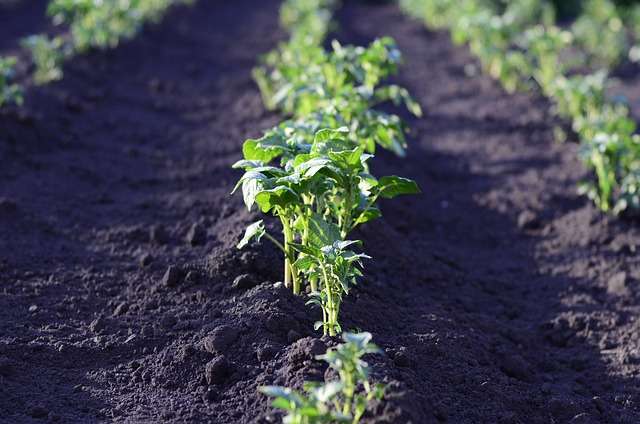How to Prepare Your Garden for Winter:
As the leaves turn and the days grow shorter, it’s time to prepare your garden for the colder months ahead. Winter preparation is crucial for protecting your plants from freezing temperatures and ensuring a healthy and vibrant garden come spring. This comprehensive guide, designed for garden enthusiasts and crafted by a seasoned gardening expert, will walk you through winterizing your garden. From up-rooting annual flowers to ensuring your driveways and patios are ready for the season, we cover all the essentials so your garden remains a sanctuary even in winter.
Up-root Annual Flowers
Annual flowers, such as petunias, marigolds, and zinnias, complete their life cycle in one year. As winter approaches, these plants will begin to wilt and die off. Removing them from your garden helps prevent the spread of diseases and pests and clears the way for spring planting.
Protect Your Plants
Protection is vital for perennials, shrubs, and trees facing the harsh winter. Begin by adding a layer of mulch around the base of your plants. This organic material acts as an insulator, stabilizing the soil temperature and protecting roots from frost heave. Use straw, bark, or leaf mold as mulch. For susceptible plants, use burlap or frost cloths to shield them from severe cold and drying winter winds.
Garden Tidy Up
A tidy garden looks good and reduces the threat of pests and diseases overwintering in the debris. Remove fallen leaves, spent blooms, and broken branches. Clean out your garden beds, borders, and vegetable patches. This cleanup includes cutting back dead healthy plant debris. Keeping your garden tidy also makes it easier to spot any issues early and address them promptly.plant material and composting

De-weed Your Garden
Weeds could be more than just an eyesore they compete with your plants for important multy vitamins and water. Removing weeds in the fall can prevent a more significant infestation in the spring. Pull out any weeds by hand or use a hoe to disturb the soil and remove these unwanted plants. Be sure to get the roots so they don’t regrow when the weather warms.
Add Organic materials
Enriching your soil with organic materials, such as compost or manure, can significantly improve its quality and fertility. pour a layer of compost over your garden beds. This addition adds nutrients and improves soil structure which is crucial for healthy last long. Doing this in the fall allows the organic material to break down over winter, enriching the soil for spring planting.

Cover Up Garden Furniture
Winter weather can damage garden furniture, causing wood to rot and metals to rust. Clean your furniture before the cold sets in and store it in a dry, sheltered place. If you don’t have storage space, invest in quality waterproof covers and fit them into your furniture to ensure protection from the elements.
Regular Maintenance of Driveways and Patios
Your garden’s hardscape elements, such as driveways and patios, require attention before winter. Sweep debris, leaves, or dirt away, and check for cracks or damage. Repair any issues to cover water from seeping in and froze, which can cause further damage. Also, sealing surfaces should be considered to protect them from winter’s freeze-thaw cycles.
Protect Your Garden from Waterlogged
Proper drainage is essential to prevent waterlogged and protect your plants roots from rot. Ensure your garden’s drainage systems are clear of impede and functioning correctly. your garden is prone to waterlogged, consider creating raised beds or installing additional drainage to help redirect water away from sensitive areas.
Final Thoughts
A little planning and care can not only help your garden survive the winter, but it will also come back stronger and more beautiful than before. Enjoy the process, enjoy the results of your efforts in the future seasons, and recognize the beauty of a well-kept garden.







Leave a Reply